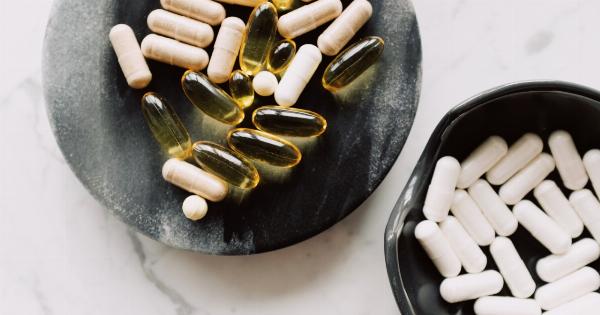Dealing with a persistent cold and clammy feeling can be uncomfortable and frustrating. Whether it’s caused by environmental factors or a medical condition, finding ways to combat this issue is essential for your well-being.
Fortunately, there are several simple and effective tips that can help you overcome the discomfort of being constantly cold and clammy. Read on to discover how to regain control of your body’s temperature regulation and restore your comfort.
1. Dress in Layers
One of the most effective ways to combat cold and clamminess is to dress in layers. Layering your clothing allows you to adjust your garments to your body’s needs as your temperature fluctuates.
Start with a moisture-wicking base layer to keep your skin dry, then add insulating layers such as sweaters or fleece. Finish with a windproof and waterproof outer layer to shield yourself from outside elements. This layering technique ensures that you stay warm and dry throughout the day, reducing the chances of feeling cold and clammy.
2. Maintain Optimal Indoor Temperature
The temperature of your living or working space can significantly impact your comfort level. To combat cold and clamminess, strive to keep the indoor temperature at a consistent and comfortable level.
A temperature between 68 and 72 degrees Fahrenheit (20-22 degrees Celsius) is generally ideal for most individuals. Using a thermostat to regulate the indoor temperature can help you achieve and maintain this comfort zone and prevent the onset of chills and clamminess.
3. Stay Hydrated
Proper hydration plays a crucial role in regulating body temperature. When you’re dehydrated, your body struggles to efficiently regulate its internal temperature, leading to feelings of cold and clamminess.
Make a conscious effort to drink an adequate amount of water throughout the day. Additionally, consuming warm beverages like herbal tea or hot water with lemon can provide additional warmth and help combat chills.
4. Use Moisture-Wicking Fabrics
Choosing the right fabrics for your clothing can make a significant difference in combating cold and clamminess. Opt for moisture-wicking fabrics like merino wool or synthetic materials that pull sweat away from your skin.
These fabrics help keep you dry by efficiently evaporating moisture, preventing the uncomfortable feeling of being damp and clammy.
5. Exercise Regularly
Engaging in regular physical activity is not only beneficial for your general health but also helps combat feelings of cold and clamminess.
Exercise increases blood circulation and raises your body’s core temperature, making you feel warmer and less prone to chills. Whether it’s going for a brisk walk, taking a dance class, or engaging in any other form of physical activity you enjoy, make it a habit to get moving and keep your body temperature regulated.
6. Use Heating Devices
Incorporating heating devices into your daily routine can provide targeted warmth and comfort. Consider using a heating pad or an electric blanket to warm your bed before sleep or while relaxing on the couch.
You can also use a space heater to warm up specific areas of your home or workspace. These devices are particularly helpful during colder months or in spaces where the temperature tends to fluctuate.
7. Manage Stress Levels
Stress and anxiety can contribute to feelings of cold and clamminess in some individuals. When you’re stressed, your body releases cortisol, a hormone that affects various bodily processes including temperature regulation.
Practice stress-management techniques such as deep breathing exercises, meditation, or engaging in hobbies that help you unwind. By reducing your stress levels, you can also help minimize the uncomfortable symptoms of cold and clamminess.
8. Eat Warm and Nourishing Foods
Consuming warm and nourishing foods can help raise your body temperature from the inside out. Include soups, stews, hot cereals, and other warm dishes in your diet.
Additionally, foods high in healthy fats, such as avocados, nuts, and olive oil, provide insulation and aid in preventing rapid heat loss. Emphasize a balanced diet with a variety of nutrient-rich foods to support your overall well-being and combat cold and clammy sensations.
9. Avoid Excessive Caffeine and Alcohol
While a cup of coffee or a glass of wine can provide temporary warmth, excessive consumption of caffeine and alcohol can have the opposite effect.
These substances can cause blood vessels to constrict, reducing blood flow and leading to cooler extremities. Limiting your intake of caffeinated and alcoholic beverages can help minimize feelings of coldness and clamminess.
10. Consult a Healthcare Professional
If your cold and clammy sensations persist despite implementing these tips, it may be beneficial to consult a healthcare professional.
They can evaluate your symptoms, rule out any underlying medical conditions, and offer personalized advice to help you manage your specific situation. It’s important to address any persistent concerns and seek professional guidance for an accurate diagnosis and appropriate treatment.































